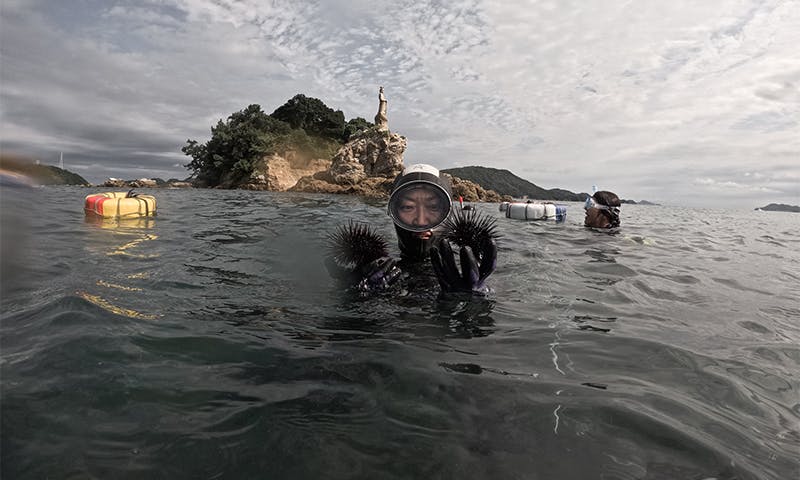OOn the final day of the fishing season, Ayami Nakata begins her day by lighting a small fire in her hut near the harbor. The temperature outside is almost at freezing point. Nakata then changes into a wetsuit, gathers her facemask, chisel, and floating net bag, and goes to the docks with her husband. They then board his small fishing boat and head a few hundred meters offshore where she begins her work shift.
Nakata spends an hour and a half making quick dives into the cold water, diving 20 feet down to the rocky seabed and kelpy shore to gather abalone, sea cucumbers, and turban shells. The water is so cold that she can hardly feel her fingers. She collects each catch in her hands and swims back up to put them in her basket and breathe. Despite the difficulties, she finds diving calming. To stay focused, she sings her favorite songs in her head, which helps her relax.
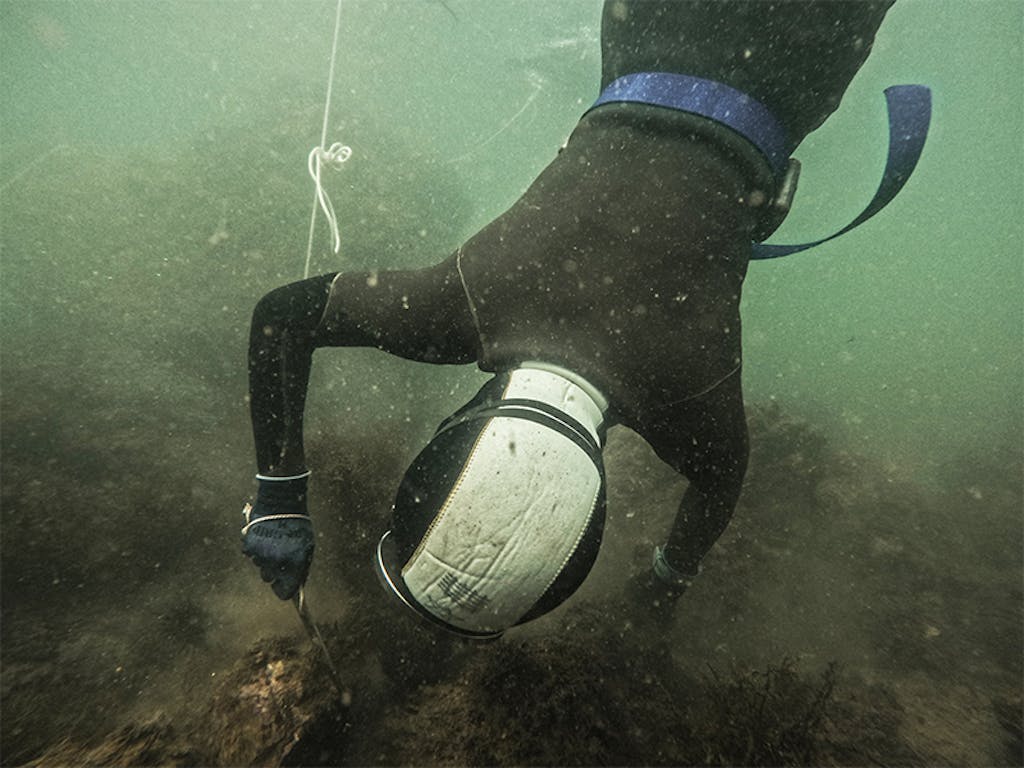
Nakata, a 44-year-old mother of five, is an ama diver: a freediving fisherwoman who harvests shellfish and seaweed using a traditional Japanese technique. The Mie Prefecture, where Nakata's home village of Osatsu is located, is home to more than half of the ama women in Japan. Nakata has been diving for seven years, but her profession is slowly disappearing due to climate change depleting shellfish along Japan's coasts, and younger generations losing interest in the craft and moving to big cities for careers. Women like Nakata are left wondering whether they will be the last to carry on this way of life.
AAma, written as 海女, means "women of the ocean." While male ama divers do exist, they are rare. Ama diving has traditionally been a female activity, with women diving independently while their husbands fished further from shore. It was believed that women's bodies, with more fatty tissue than men, were better equipped to withstand the cold.
Excavations in Toba, a city in Mie Prefecture, uncovered piles of abalone shells and 3,000-year-old ama tools made from deer antlers, suggesting that the practice was popular in early societies in the region. The oldest Japanese collection of poetry, the Man'yōshū, compiled in the 750s, also mentions ama divers. It seems that the technique has changed very little since then. Man’yōshūPresently, diving is limited to one- to two-hour sessions each morning to prevent overfishing. During this short time, divers need to stay extremely focused to make the most of their lung capacity underwater. To maximize their breath-holding abilities, amas use a method called
Women like Nakata are left to question whether they’ll be the last to embody this way of life.
These days, diving is restricted to one- to two-hour sessions per morning according to fishery regulations set up to avoid overfishing. In this short time, the divers’ focus has to be razor-sharp so they can make the most of their lung capacity underwater. To breathe as deeply as they can, amas use a method called isobueA group of female divers known as ama divers have a special technique called "sea whistle" where they whistle air into their lungs before diving, and they recite prayers for safety before each diving day. amagoya On special occasions, the ama divers visit local shrines and temples to ask for protection from accidents, the sea, sharks, and other dangers, as they know the sea can provide life but also take it away.
Kiku Kaito, an ama diver and head of an ecotourism agency, says that ama divers feel a strong connection to nature and have a sense of duty because their work is difficult and risky, creating a close community.
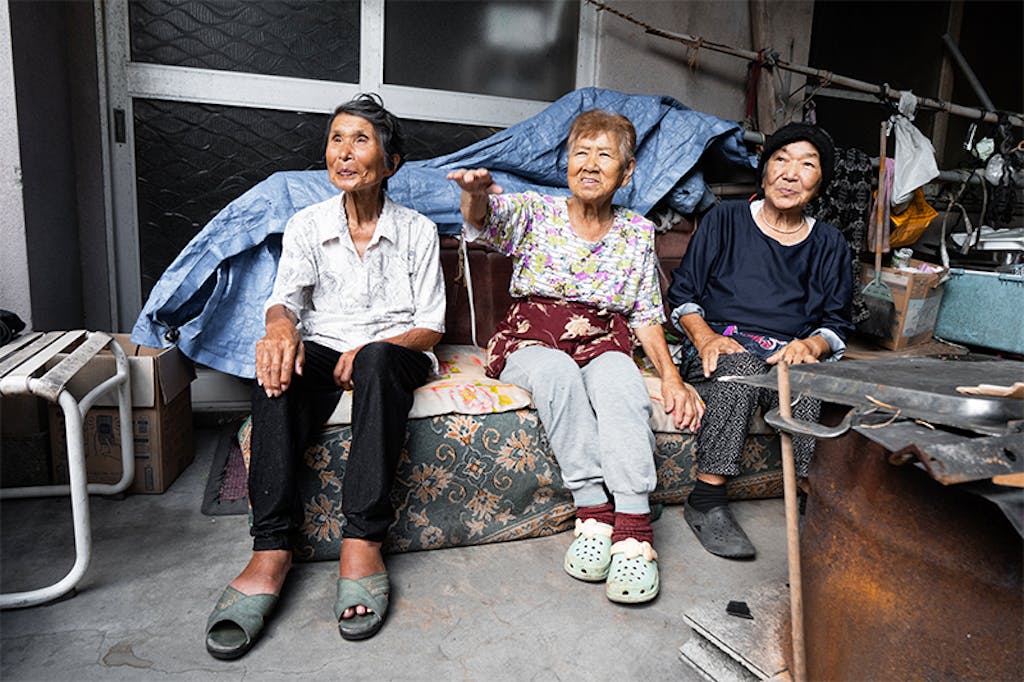
Changes have been made to ama diving rules, allowing the use of wetsuits and fins to make the job more comfortable and less daunting for newcomers.
Ama divers have a long-standing respect for the ocean's resources and follow strict rules set by the government to maintain sustainability in their harvesting activities.
Unlike commercial fisheries, ama divers harvest small quantities manually, avoiding bycatch and habitat disturbance.
Three endangered species of abalone are caught by ama divers, but local regulations have specific restrictions on when and how they can be collected from the ocean.Haliotis madaka, H. gigantea, and H. discus discus—are among those officially listed as endangered by the International Union for the Conservation of Nature. Local regulations say abalone can only be picked from the ocean bed when they’ve reached adulthood and can only be collected for about 30 to 40 days each year.
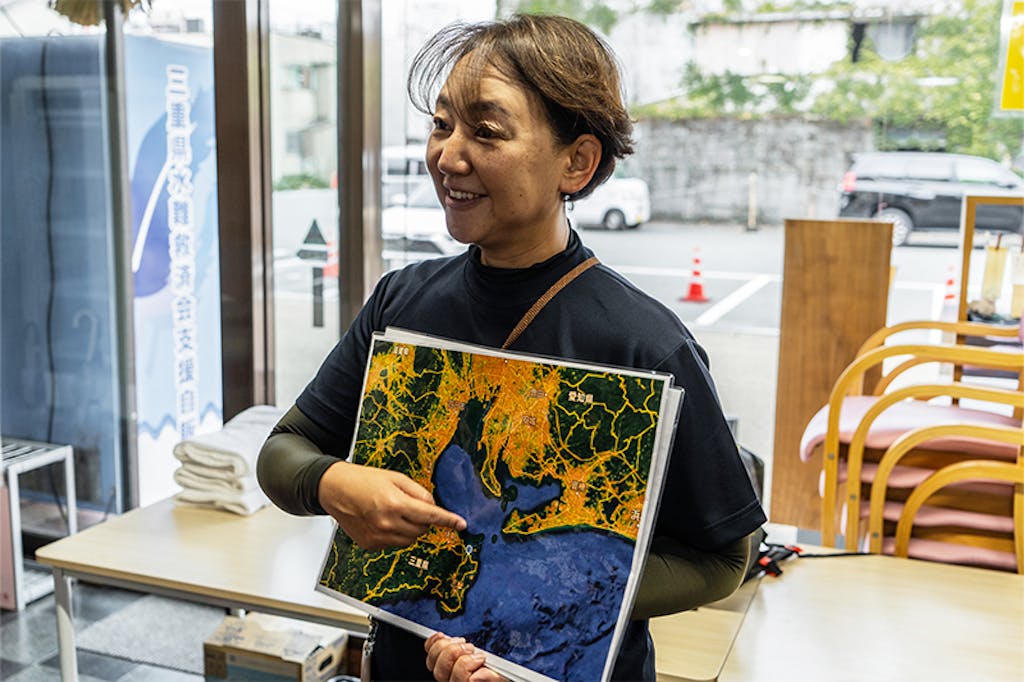
Yukio Matsumoto, an abalone ecology expert at Tokyo University of Marine Science and Technology, suggests that while all harvesting impacts abalone populations, ama diving tends to have a lower impact compared to intensive commercial enterprises or diving with scuba tanks. Despite a decade-long ban on all harvesting in protected areas, abalone populations have not recovered. It is still unclear whether abalone can be caught sustainably.
According to Tomohiko Kawamura, a marine ecologist at the University of Tokyo, even if many new divers started ama diving, their sustainable methods could still harm regional abalone populations. However, it's unlikely that ama diving will regain its previous popularity due to the increasingly challenging and unprofitable nature of the work.
EEvery day, members of the local fishing council, including elderly divers, fishers, and current ama divers, gather to determine if it's a diving day. If so, the catch is sold to the local fisheries authority, which pays based on daily rate fluctuations depending on local supply and demand changes.
Although a single day of collecting sea cucumbers can yield up to ¥100,000 JPY ($800 USD), a diver's annual catch usually amounts to a few million yen—less than $30,000 USD—no longer sufficient for a reliable livelihood. Consequently, diving is rarely a full-time occupation. For example, Nakata runs a grocery store in the village and makes jewelry on the side to support her family. This year, she only dove for 30 days. Kaito, who now only dives a couple of times a year and focuses on running the tourism agency full-time, states that ama diving has evolved from a profession to a lifestyle.
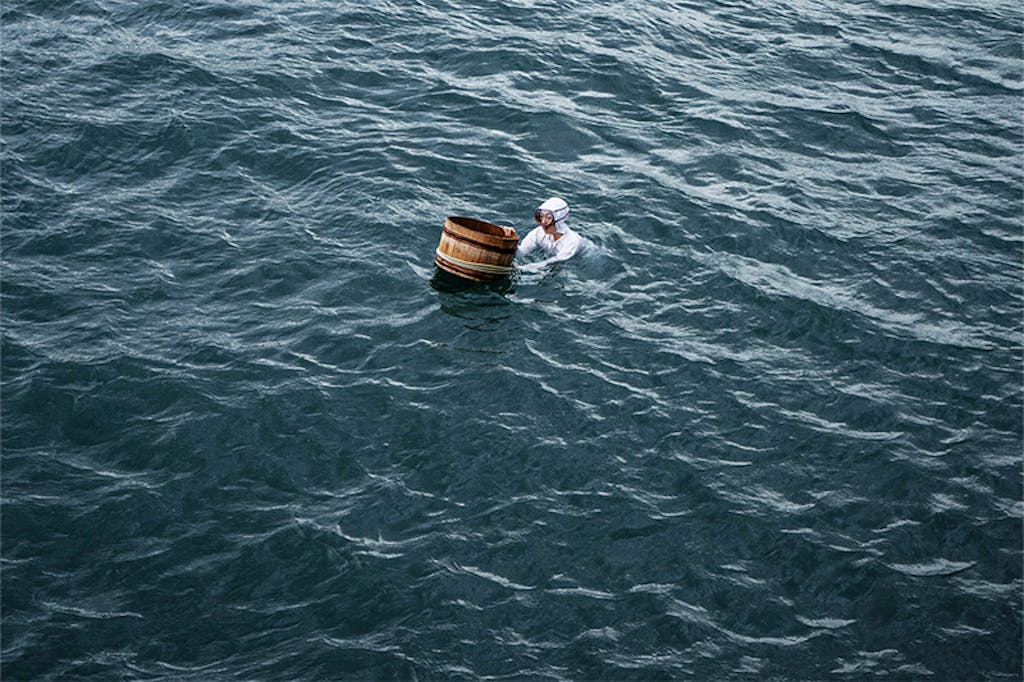
Decreasing harvests, particularly for abalone, further compound the challenges of an already demanding job. Some senior divers, some older than 90, recall casually encountering abalone everywhere they dove and easily capturing them in shallow waters. Now, they have to dive 50 feet to find the same shells.
This is likely due to Japanese coastal waters experiencing 'unagi syndrome,' or seaweed denudation, resulting in the rapid loss of seaweed and seagrass beds that serve as habitat, spawning areas, and food sources for much of the local marine life. Locals attribute the seabed erosion to climate change and the warming of currents around the archipelago nation; divers note that the waters have felt warmer on their skin over the years. Academic research also points to intensive grazing by invasive sea urchins, pollution from chemicals, and sediment runoff as contributing factors. isoyakecreating new land from the sea
, and aggressive excessive harvesting by commercial fishers. FROM TRADITION TO THE TABLE:Two ama women welcome visitors in their traditional dwelling, where they grill the day’s catch.Photo by Edges of Earth, Marla Tomorug.
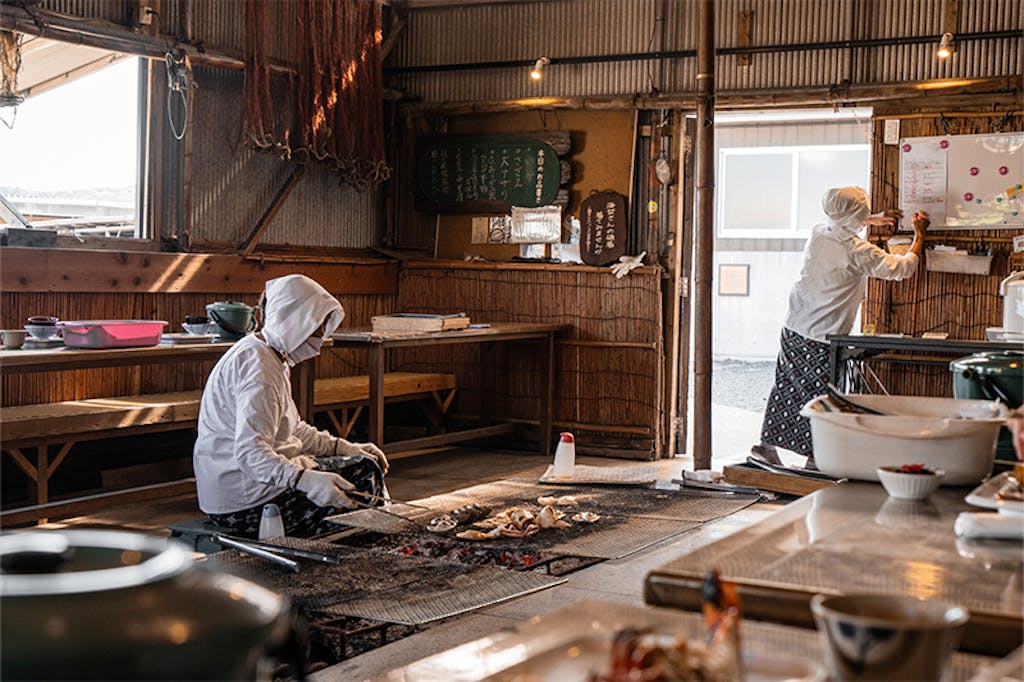
. The average age is over 60. Many divers continue for as long as their bodies allow, but few younger women are interested in continuing the legacy. Their elders are heartbroken at the thought that a millennia-old tradition could disappear. isoyake In 2015, Toba City launched a one-off campaign to recruit ama diver apprentices and help them relocate from other Japanese cities into ama communities. Only two women signed up, and one eventually left. Some divers hope tourism will be a lifeline: The Toba Sea-Folk Museum is campaigning for ama diving to receive official recognition by UNESCO as an intangible cultural heritage, and divers have invested in opening their dwellings to the public to provide authentic ama experiences and a meal. Others have started selling some of their catch—as well as ama-themed crafts—online, where they can reach a wider market.
For the divers, maintaining the ama spirit alive is what matters. “I want to experiment and try everything possible to continue,” says Nakata. Two of her older children, who are 12 and 14, have shown some interest in someday becoming ama divers, but they’re not yet too enthusiastic about waking early and diving into cold waters, Nakata says. She thinks that as long as they learn to appreciate the joy of the craft—even if they’ll never be able to make it a full-time profession—that will preserve at least a piece of the culture. “Some sort of victory,” says Nakata.Lead image: Aiko Ohno displays the sea urchins she gathered in a plunge. She is one of two apprentices hired by the local government to learn ama diving techniques, and moved from bustling Tokyo to tranquil Toba to continue the craft. Credit: Edges of Earth / Adam Moore.
Practiced mainly by women, this fishing tradition is thousands of years old. Can it survive?
For the divers, keeping the ama spirit alive is what matters. “I want to experiment and try everything possible to carry on,” says Nakata. Two of her older children, who are 12 and 14, have shown some interest in someday becoming ama divers, but they’re not yet too enthusiastic about waking early and diving into cold waters, Nakata says. She thinks that as long as they learn to appreciate the joy of the craft—even if they’ll never be able to make it a full-time profession—that will preserve at least a piece of the culture.
“Some kind of victory,” says Nakata.
Lead image: Aiko Ohno displays the sea urchins she gathered in a plunge. She is one of two apprentices hired by the local government to learn ama diving techniques, and moved from bustling Tokyo to tranquil Toba to continue the craft. Credit: Edges of Earth / Adam Moore.


